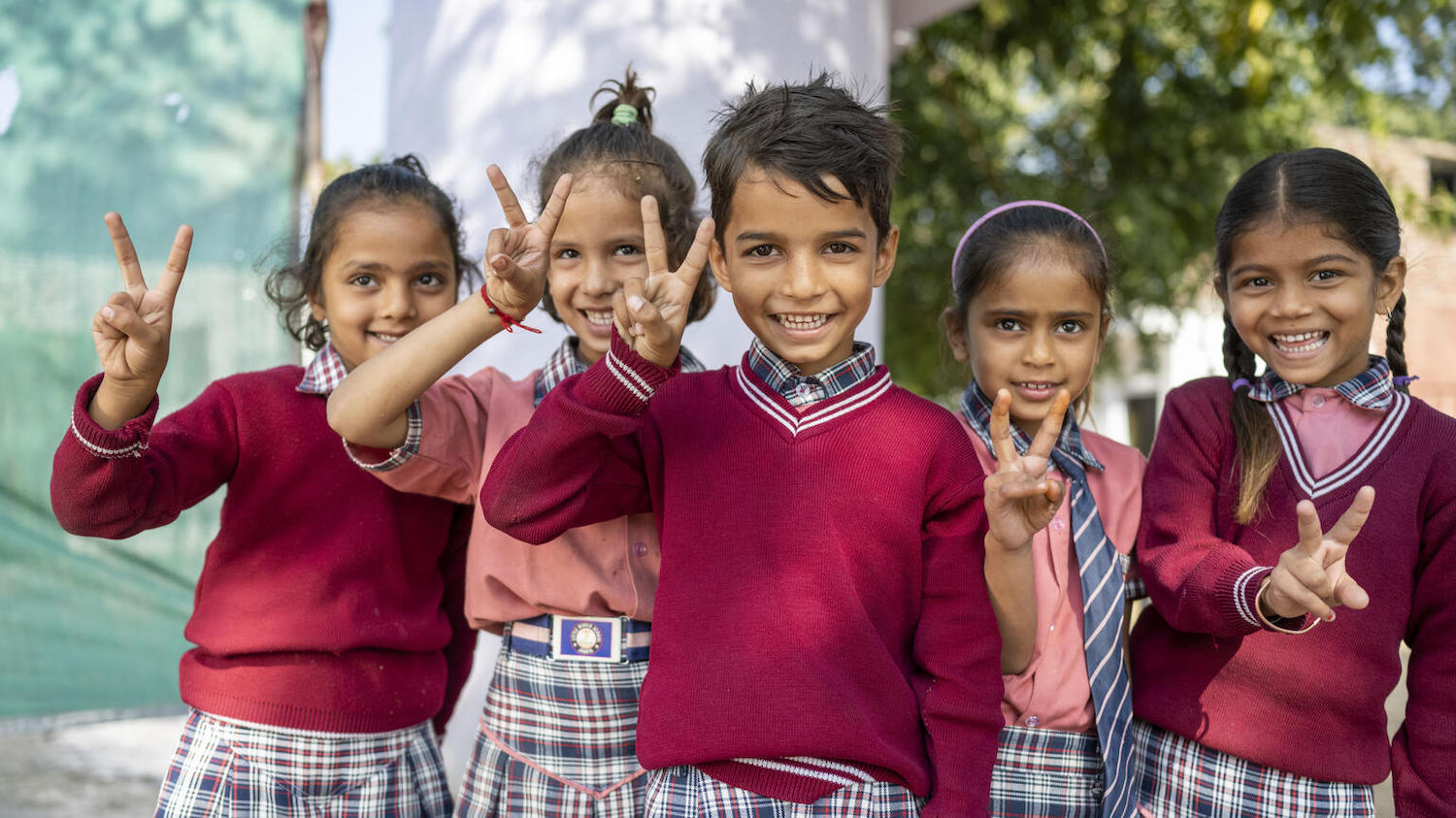
Violence against children brings with it a great cost. It costs children their health, safety and rights. It cost them their long-term development and futures. It costs their families and communities the well-being of loved ones and productive citizens. And as research is increasingly showing it costs our societies – trillions of dollars each year.
Six humanitarian agencies – ChildFund Alliance, Plan International, Save the Children, Office of the United Nations Special Representative of the Secretary-General on Violence Against Children, UNICEF and World Vision – have released a new brief ‘the Violence Prevention Dividend.’ This paper gives an overview of the economic case for investing in the prevention of violence against children to avert the toll being paid by responding to the current scale of violence.
According to the paper, the huge economic cost of violence against children could be as high as 8% of global Gross Domestic Product (GDP) and 5% of GDP for countries nationally. And currently, we are not doing enough to prevent this.
The brief refers to the Global status report on preventing violence against children 2020, a comprehensive overview of violence prevention status from across 155 countries. It found that while 80% had at least one national action plan to prevent violence against children, fewer than one in four, that’s less than 25 % of the countries, had fully funded their plans.
This sheds light on the work needed to adequately resource plans and strategies in government budgets to preemptively address violence across settings.
The effects of violence against children are pervasive. Violence undermines investments in almost all other aspects of children’s lives and social development of societies – be it health, nutrition, education or social protection.
On the other hand, investing in preventing violence against children offers the potential to generate large social and economic dividends – investing in ending violence against children means breaking the vicious and often inter-generational cycle of violence, disrupting its links to poverty and allowing children and their communities to have improved economic trajectories. Investment in proven, evidence-based violence prevention programmes can remove a critical barrier to children achieving their health, educational and economic development potential.
Calls to action & solutions
On 14 June 2002, at the Together to #ENDviolence Leaders’ Event, Dr. Najat Maalla M’jid, Special Representative of the UN Secretary-General on Violence Against Children shed light on this cost of violence and made an urgent call to action to all governments. She spoke to and alongside other UN leadership, heads of state, royalty, CEOs, children and adult survivors of childhood violence joined by registered participants from 143+ countries.
Her call to action is that investing in child protection and violence prevention should be an integral part of every government's overall economic growth and development strategy.
“The urgency for investing in effective protection of all children, from all forms of violence, in all settings, is more relevant than ever worldwide.
This was echoed by many other leaders and advocates such as: Ms. Amina J. Mohammed, Deputy Secretary-General, United Nations who called for ensuring that the level of political and financial commitment to this issue actually matches the scale of the violence that is faced by children, and placing it at the heart of the 2030 Agenda. And Catherine Russell, Executive Director, UNICEF, who called for including violence against children in all post-COVID recovery plans and investing in programmes such as for parenting and social protection.
Among the many who discussed solutions to keep children safe at home, in schools, online and in their communities, leading economist Jeffery Sachs alerted that global financing for development is woefully inadequate, and closing this gap comes at a much lower price than the trillions paid by not investing. He stated that the shortfall in SDG financing is less than 1 trillion dollars a year – or 0.9 percent of the World GDP – a gap that can and must be closed by expanding the role of global financing and specialised funds. He also stressed the need to distribute these investments in developing countries to ensure equitable action.
More investment, better spent
As a part of the six evidence and expert-backed Together to #ENDviolence policy proposals, the End Violence Partnership is calling for more investment, better spent. This policy call underpins all other calls to end violence in schools, online, at home and in communities.
The proposal calls for all governments and donors – public and private – to commit to costing and adequately funding the implementation of national action plans to end violence against children, increase funding to address violence in all settings and agree on a standardised methodology to track donor investments in ending violence against children.
Such investment would remove a critical barrier to children achieving their full developmental potential. Not only will it further governments’ commitments to the UN Convention on the Rights of the Child, it will also advance many goals set out in the 2030 Agenda.
Ending violence against children is an issue whose time has come. Let us advocate, act and invest to save us from the huge toll to our societies – paid in economic cost, health, safety, rights and futures.
Read the Violence Prevention Dividend brief here.
Read more about how the diverse and influential End Violence Advocates and how they are reinforcing the Together to #ENDviolence policy proposals.



